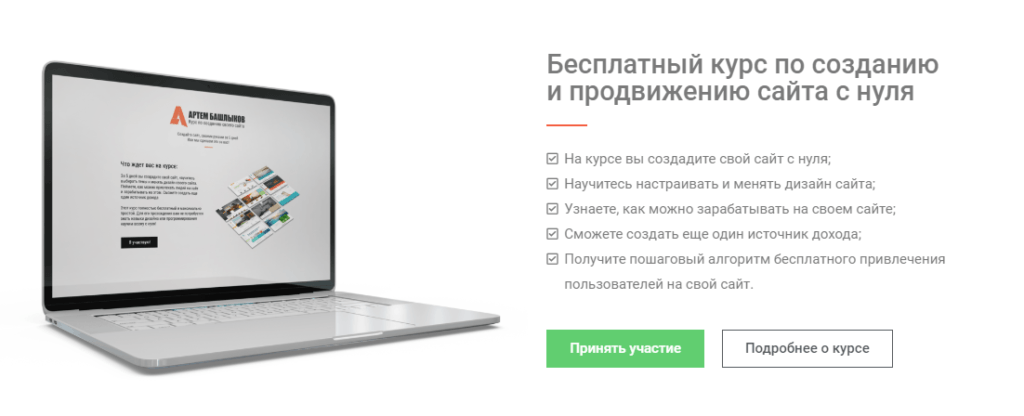

This code will add support in your theme to display the menu item descriptions on the front end. See registernavmenus () for creating multiple menus at once.

Unzip it and upload it to the plugins folder of your WordPress installation (wp-content/plugins/ directory of your WordPress installation). Alternatively, you can download the plugin from the repository.
#Register and display menu wordpress how to#
How to create a Custom Functionality Plugin for WordPress?Ĭopy the following code and paste in functions.php file. Install the plugin from the ‘Plugins’ section in your dashboard (Go to Plugins -> Add New -> Search and search for Login Logout Register Menu).Create the sidebar.php file and add the dynamicsidebar. Inside this functions.php file of your child theme, you will use the registersidebar () function to create the sidebar. Create a child theme from your parent WordPress theme and the child theme should have the functions.php file. You will have to add a function to your WordPress child themes functions.php file or you can add the function in custom-functionality-plugin. First, create a backup copy of your WordPress theme. It is because many themes do not add support for this feature.

It will check permissions, and do all that other magic. So long as you stick to this structure, WordPress will handle all of the option creation, update, saving, and redirection for you. First, to create the menu item and the new page, see Adding Administration Menus. In the above screenshot, You can see this how to enable Description feature and add menu item description.Īfetr adding the description, When you visit the front end of your website, You can not see the description of your menu items. Powered by WordPress Log in to your account to contribute to WordPress, get help in the support forum, or rate and review themes and plugins. Creating custom options panels in WordPress is relatively easy.


 0 kommentar(er)
0 kommentar(er)
